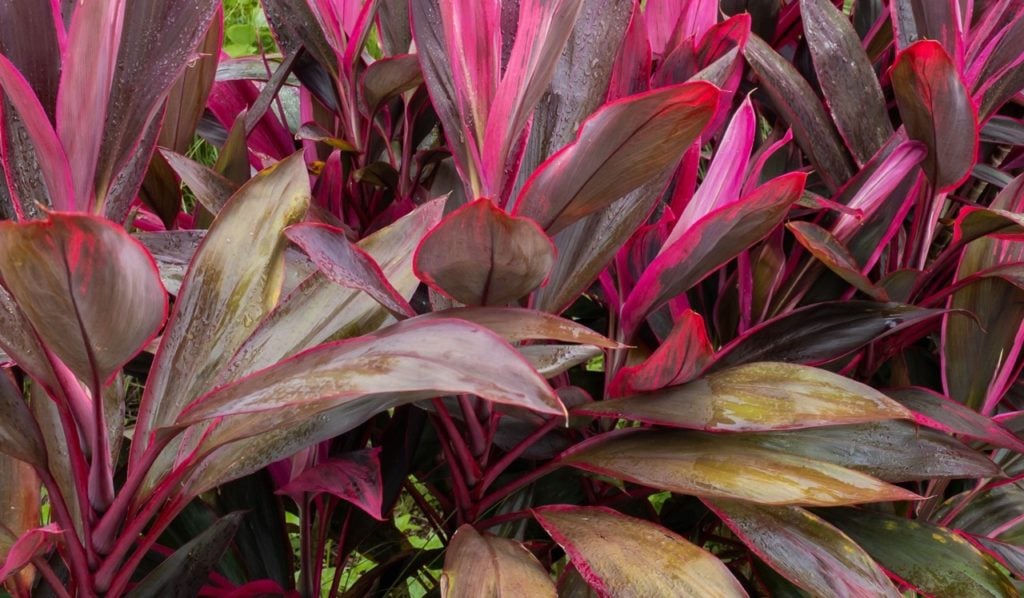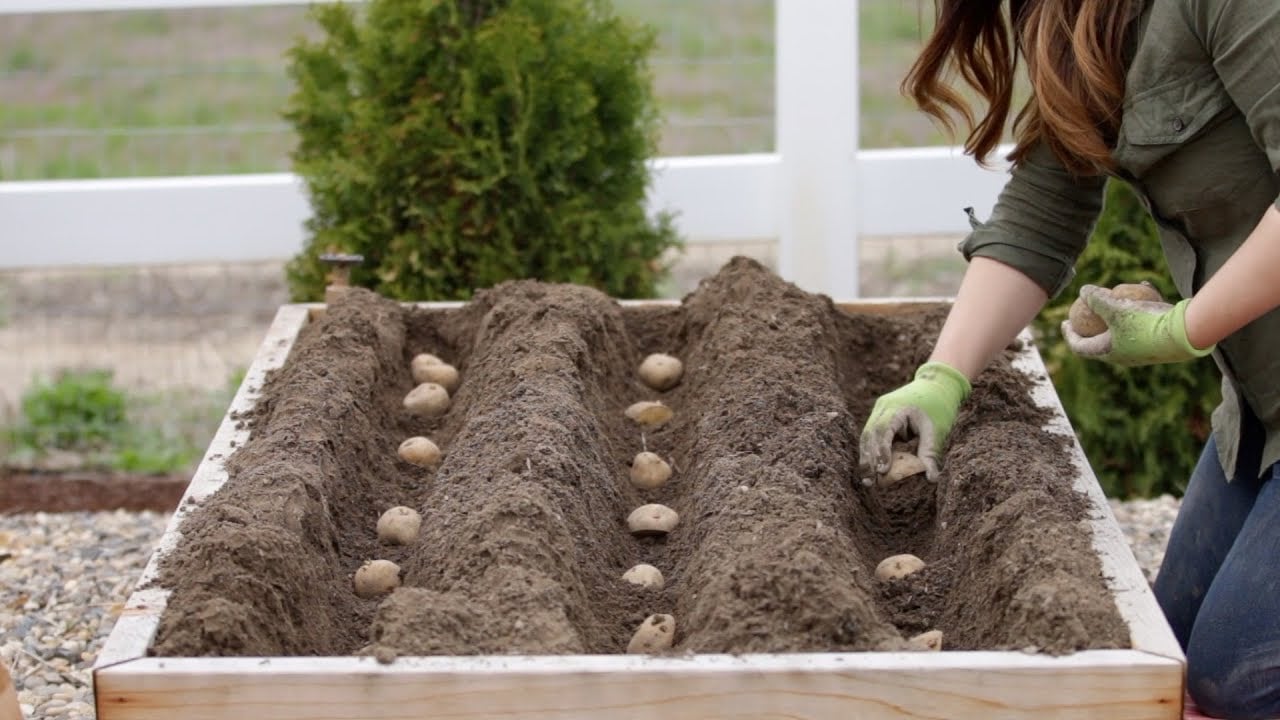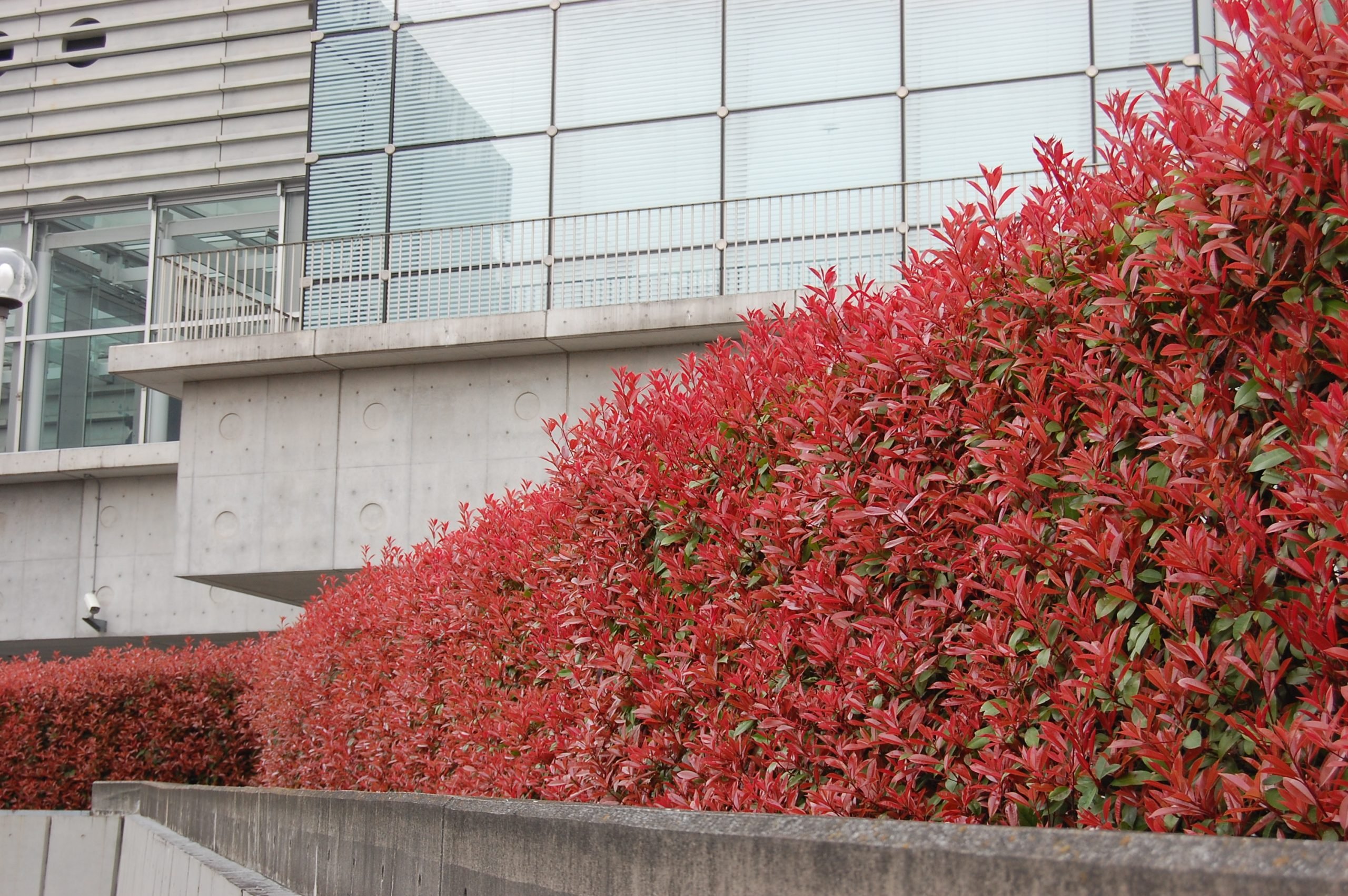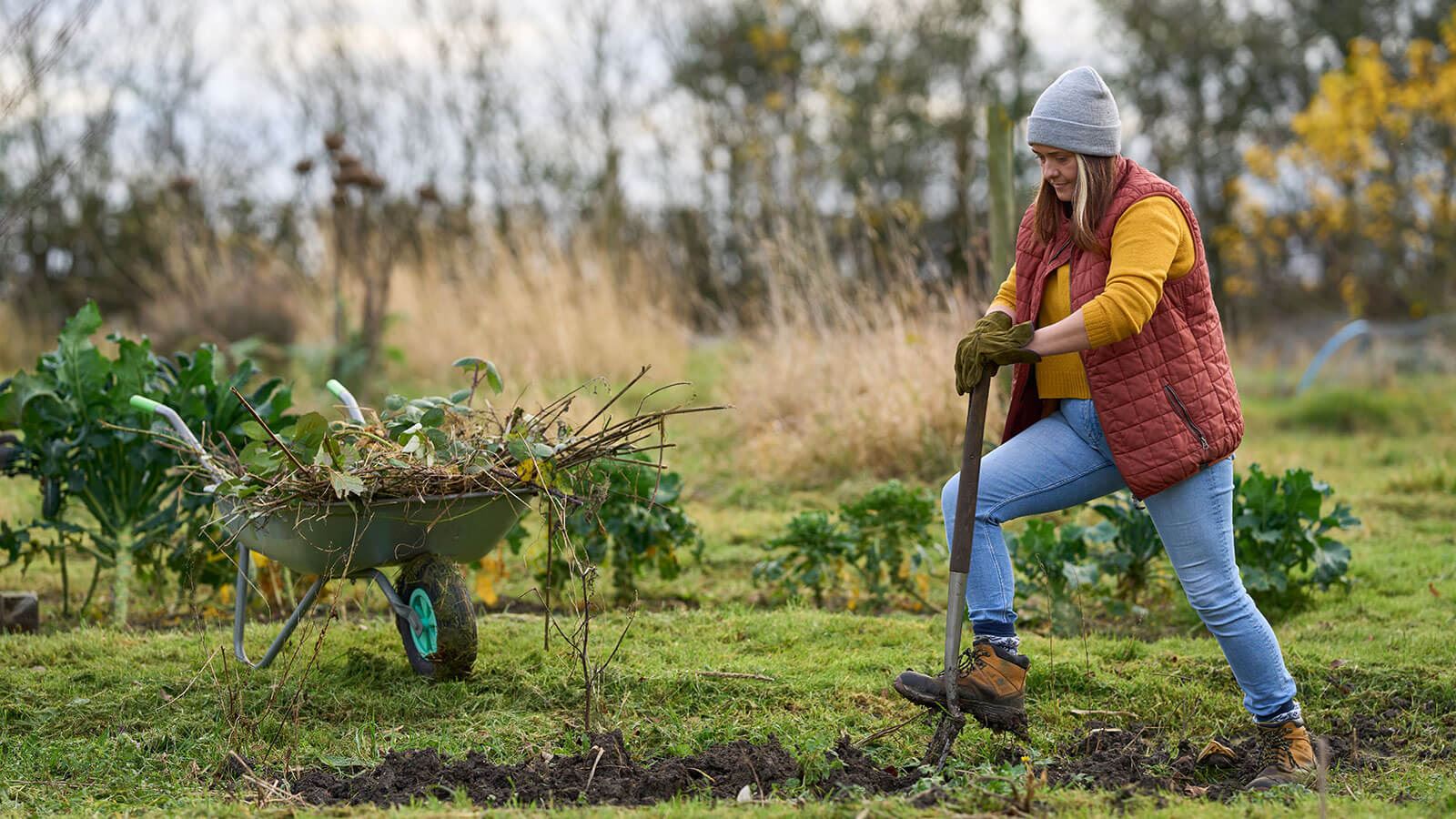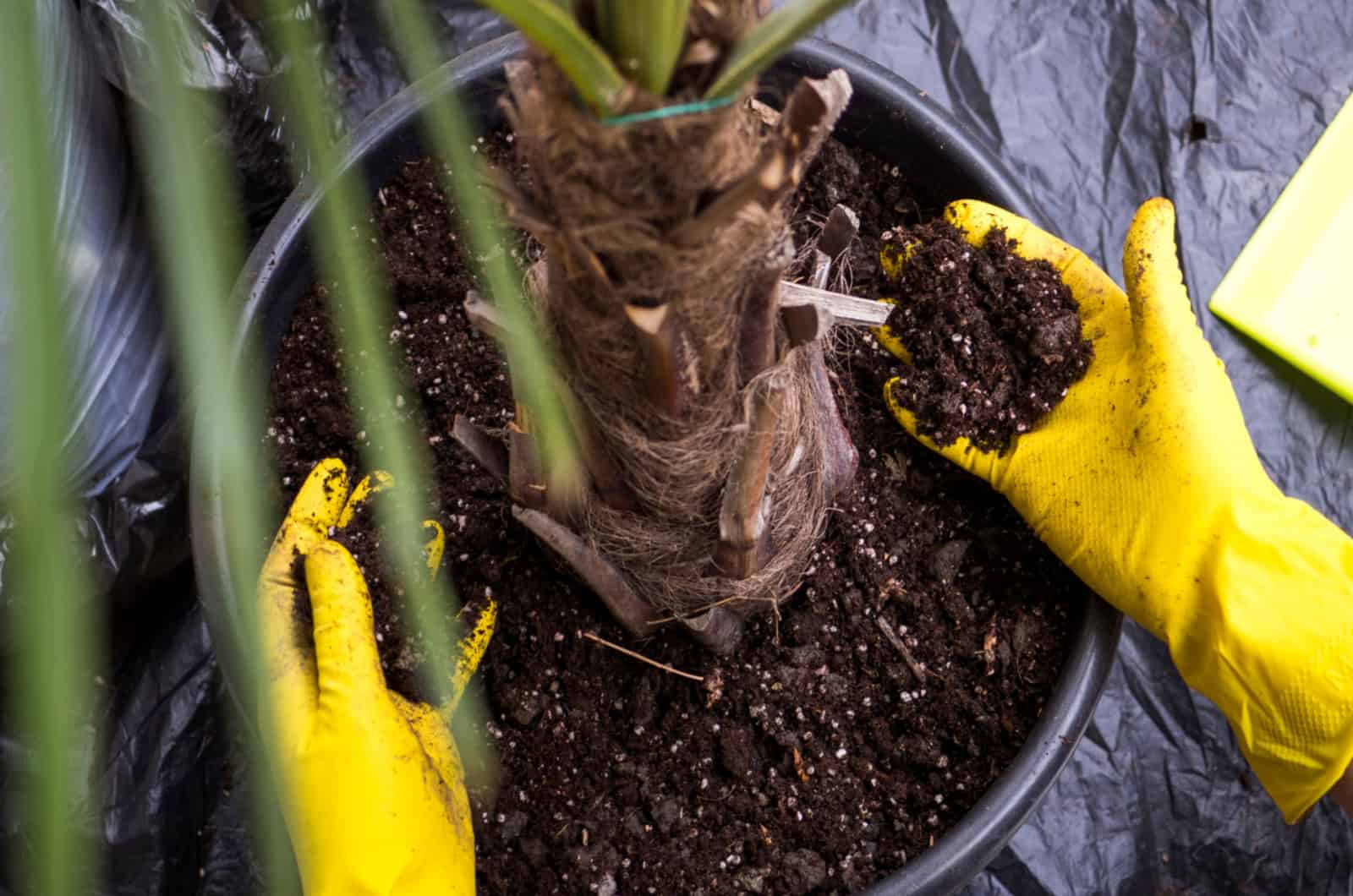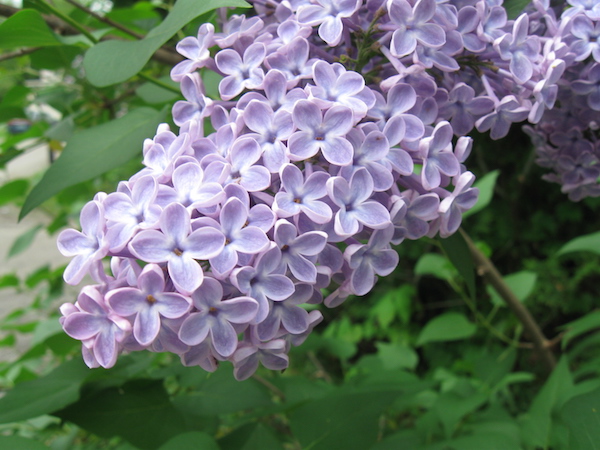What is the Sweetest Plum Variety?
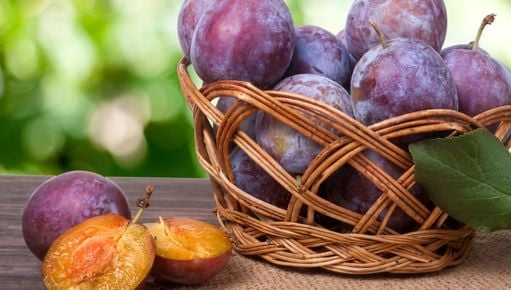
Table of Contents
Who doesn’t love sweet fruits, especially when they are plums? Plum is a popular stone fruit that has several varieties, and it is used for different purposes. With time, plum has become the worldwide ingredient of food servings, from eastern as fresh to cooking and used as a snack.
People also create jams and jams from the plum for long-term storage. With the increase in the variety, you might struggle to understand and pick up the sweet plum varieties.
No worries. We have compiled this post to help you learn more about the sweet plum and its varieties. So keep reading to know more about what is the sweetest plum variety.
Importance of Sweet Plum
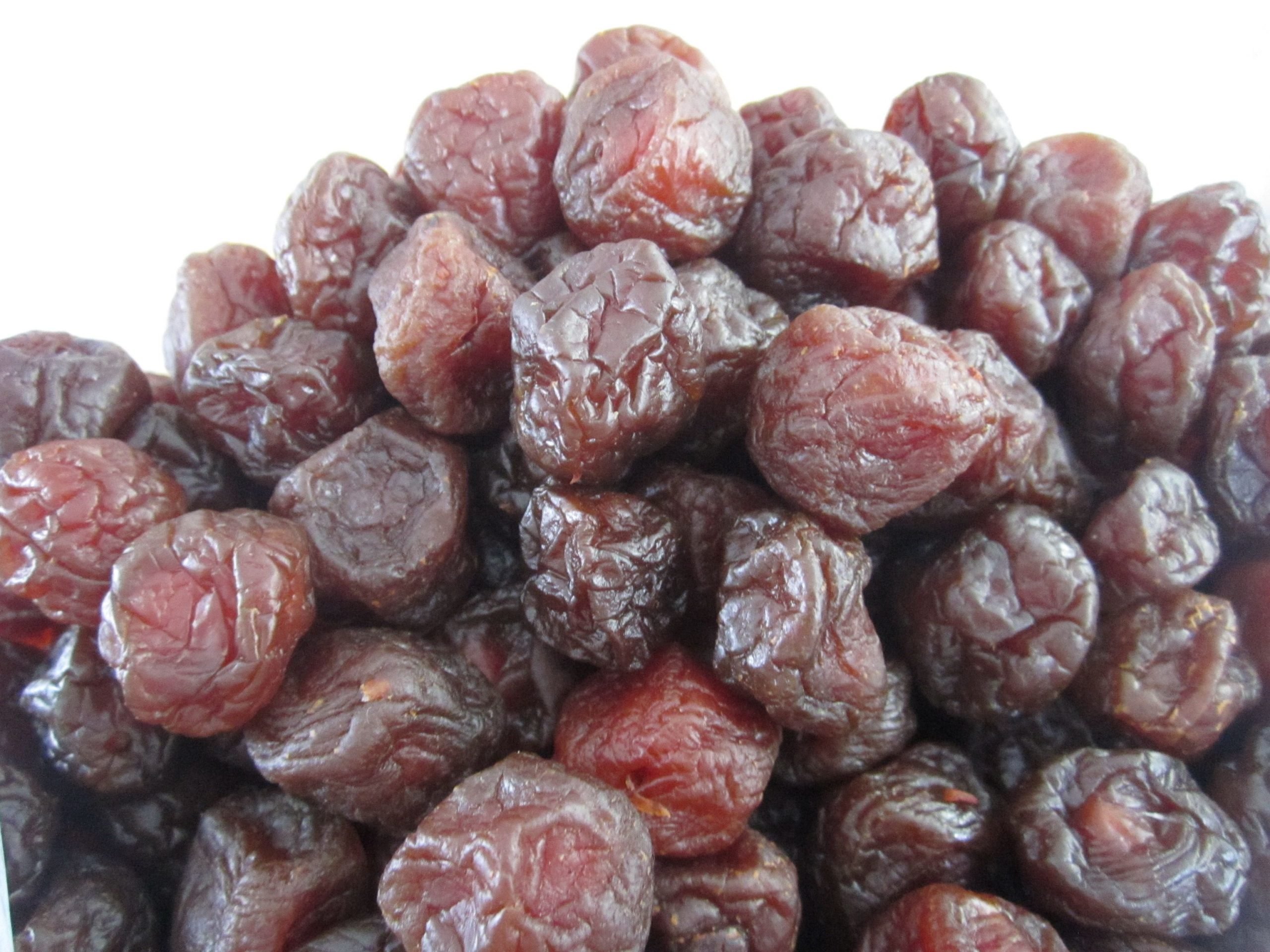
Plums have various colors, like purple, red, green, and yellow. When it comes to appearance, plums are edible in taste and characteristics. You have thick, juicy fruit flesh around the pit, and their peel cover layer is smooth and shiny. The change in color and the fruit flesh also affect their flavor and taste, which leads to sweet and other types of plums.
Sweet plums are rising in demand because of too many things. Sweetness brings a great taste not only while eating them raw but also adds greatness in the cooking and while using the plum in the desserts and making the sauce or jams.
Regarding the importance of Sweetness Factors in the varieties of Plums, each variety has its benefits and unique sweet taste.
Factors that Affect the Sweetness of Plums
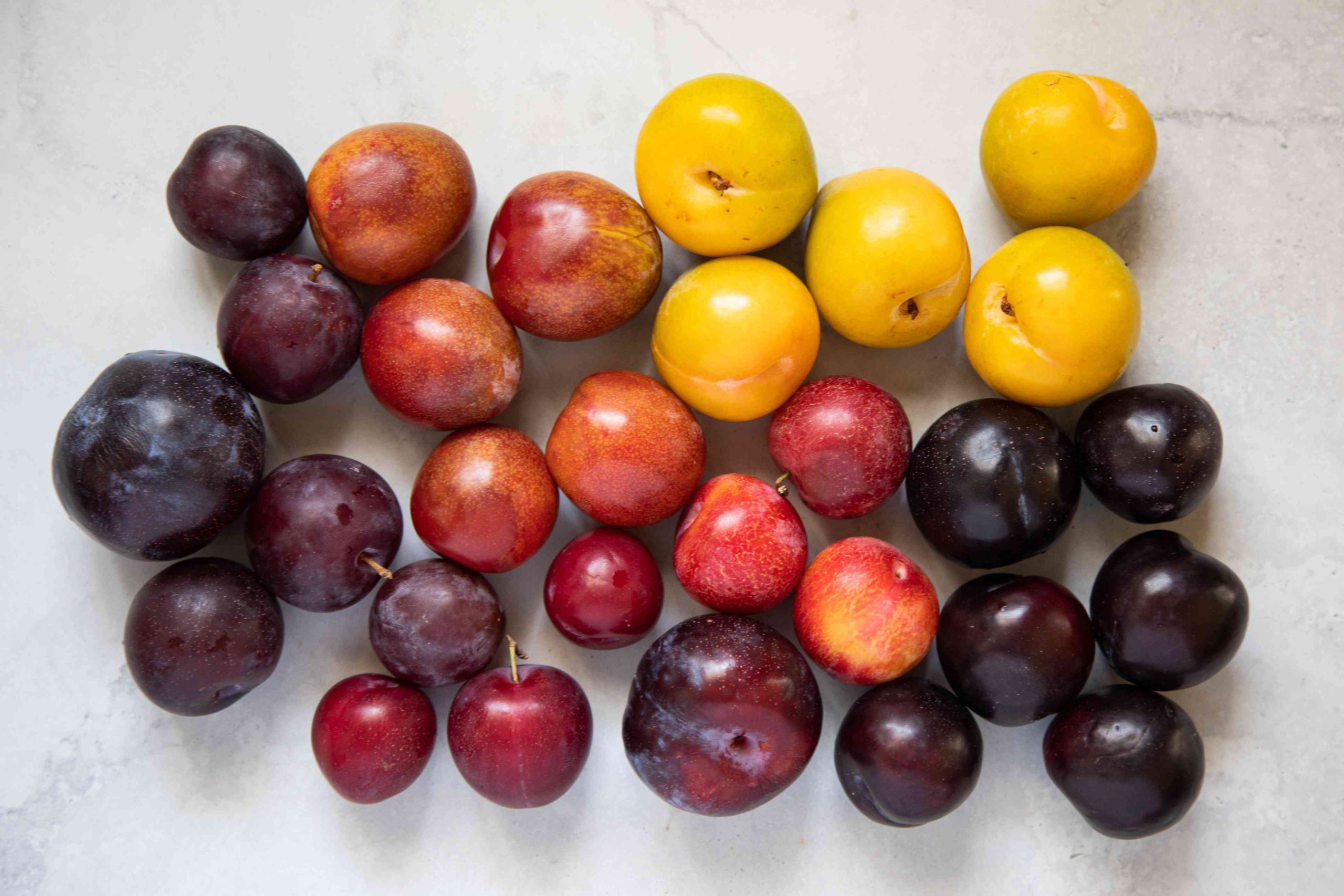
Several factors, from the scientific, biological, and environmental points, affect the sweetness amount and criterion in the varieties of plum. Some prime factors are the Growing conditions, the Ripeness of the plum during the harvest time, and the content of Sugar available in the plum. But the concern is how to find the Sweetest varieties of plum, even when considering these crucial factors of the Sweet Plums.
Sweetest Varieties of Plum
There are some sweet varieties of plum for each zone, where the plum fruit can naturally grow in palm trees. Some of the sweetest varieties of Plum are Elephant Heart, Mirabelle, Black Ruby, Black Beauty, and Greengage.
1. Mirabelle Plums
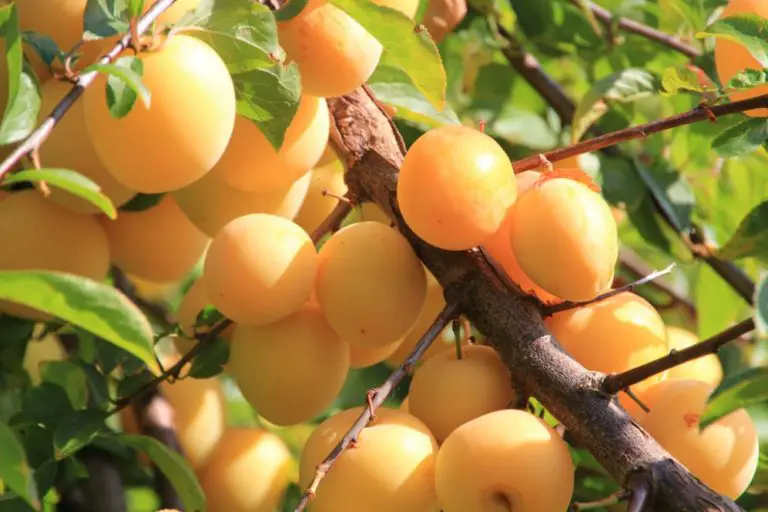
These plums are considered the sweetest plums till now. Their sweetness is hard to beat by other plums because of these unique characteristics. These Mirabelle plums are used for sauce, jellies, and jams. When it comes to color, these sweet plums are yellow or Golden. These plums are natives of France and are commonly found there in the regions of Lorraine. This sweetest plum variety is usually harder to find in the US regions and marketplaces.
Since these plums are softer after ripping, it becomes hard to import and export them long distances without converting them into jellies or jams. Mirabelle is commonly and popularly known as the Cherry plum. These Sweet plums are harvested during the short duration of mid-August to September. The people who grow them find them rich and sweeter while eating directly from the plum trees.
2. Elephant Heart Plum
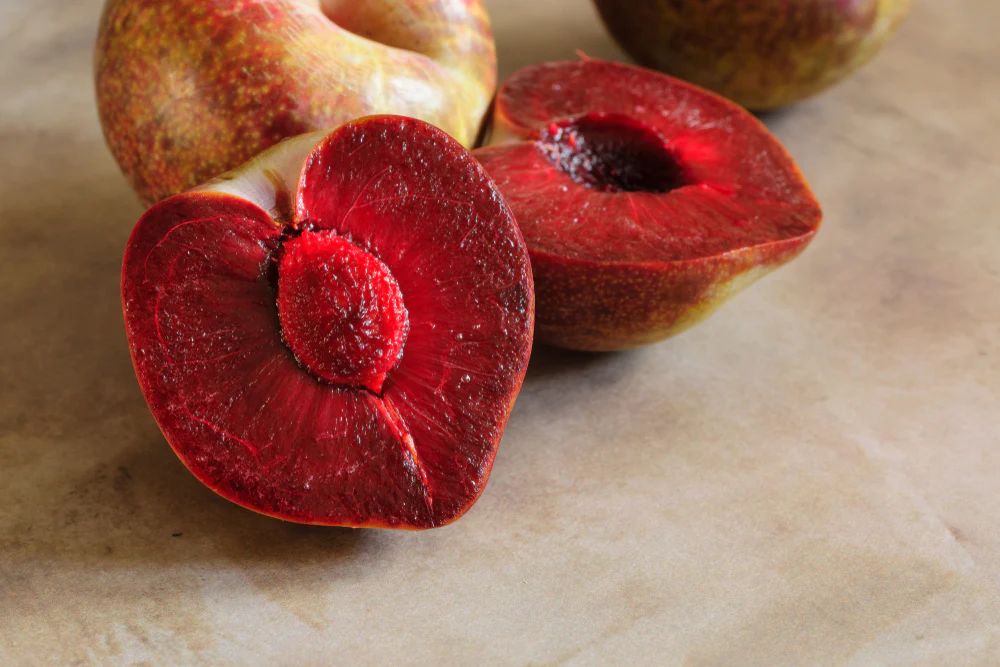
Elephant heart plums are the sweet plum variety of Japan. They are commonly found in the marketplace and grocery stores. Their soft, sweet, and juicy edible plum makes them a great choice for potential buyers to pick for various purposes. This sweet plum variety is also known as the decorative plum fruit.
Elephant heart plum has a striking interior color. This plum is round, and at the top, it is Oblonged round like the heart shape, so this sweet plum variety got the name Elephant heart plum. Elephant heart plum trees require deep watering at least once a month, where 12-15 gallons of water is required weekly.
3. Black Ruby Plum
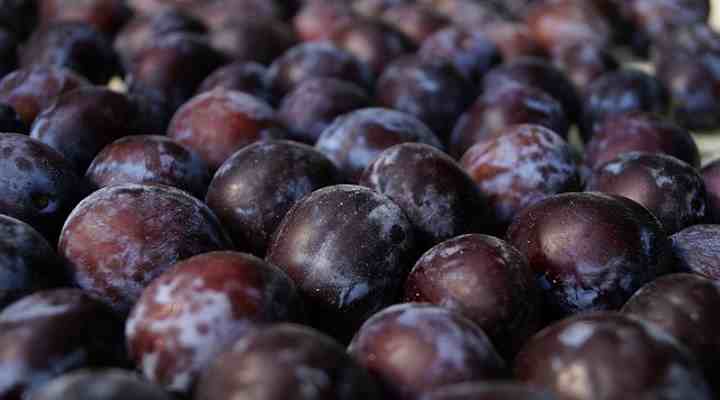
The fantastic feature of the Black ruby plum is that it ripens earlier than the other sweetest plums. When it comes to the color, Black ruby plum is darker and often closer to black or black-purple color. These plums have two different varieties, one that is grown in Japan and another that is grown in European countries. European black plums are purple in color and oval in shape. Japanese black plums are round and commonly found in grocery shops compared to European black plums. Their harvesting season runs from May to the end of September month.
Black Ruby Plum is mainly from the Japanese plum variety, which is freestone. It’s easier to separate the plum flesh from the hard pit of this stone fruit. The Black ruby plum trees can tolerate humid climates and are a rich source of fiber and vitamins A, C, and K.
4. Greengage Plum
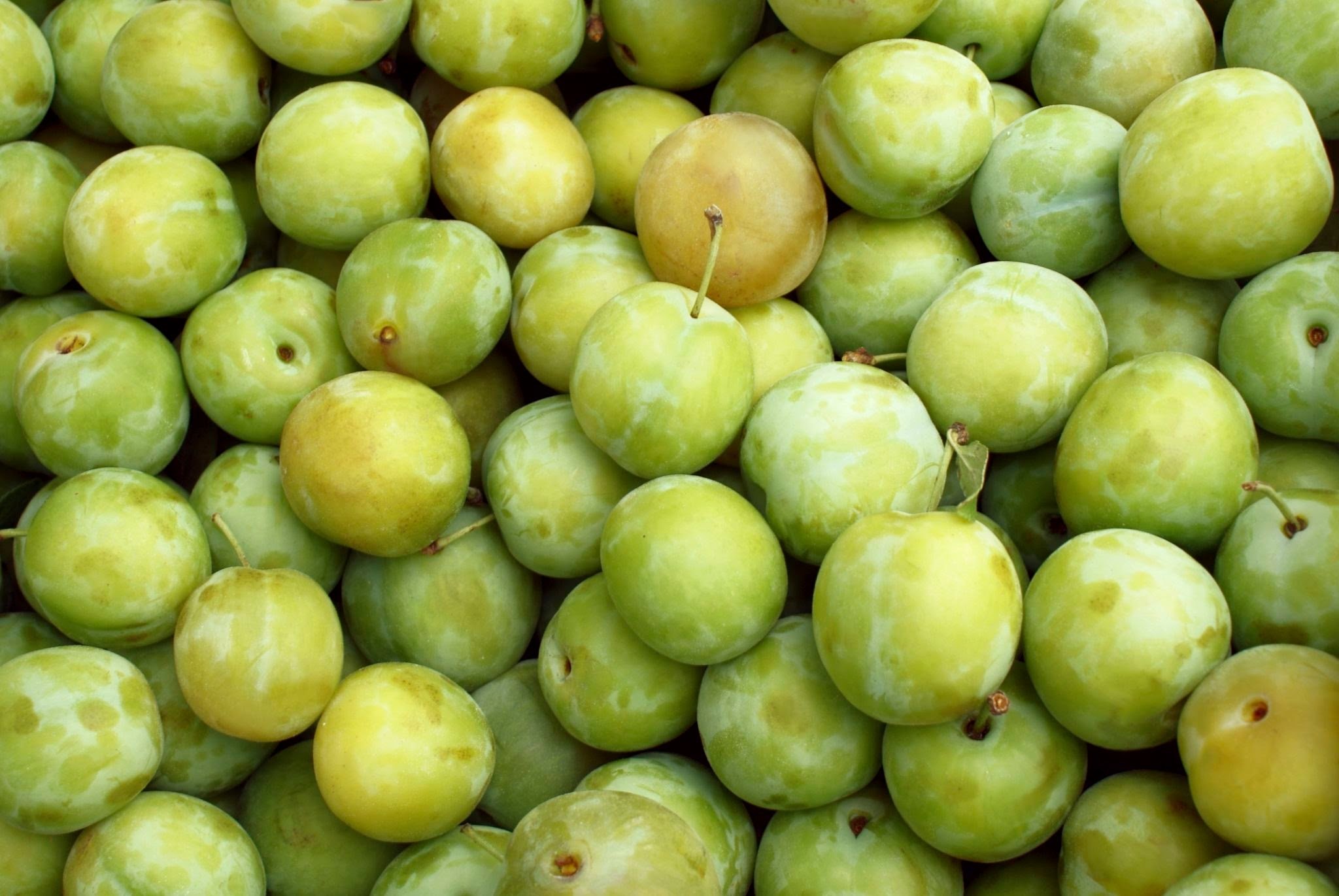
Greenage is considered the most unique, fussy, and elusive sweet plum. It is native to America. This sweet plum variety is also known as the Modest Subdued beauty. These plums are Green and yellow. Mainly, they are green and turn pale green and slightly yellow when they are ripe. These plums are meant to be eaten away after plucking them in fresh form.
Some people also consume them with cheese or wine. People also use them in the Cake to add plum flavor. Greengage sweet flavors are also frozen so people can use them later for special dishes and sweets. They are commonly known for their unique taste that goes well with several things.
Final Thoughts
If you want to pick up the sweet variety of plums, you have to understand a little more about the plums and their different varieties. This will help you to pick up and short the sweet varieties of plum out of the available varieties in the market.
This post showed you what the sweet plum variety is to help you understand more about the plum variety, especially the sweeter ones if you are looking for more ways to add value to your home’s garden or flowering elegance, sign up and get our best strategies sent to your inbox.

